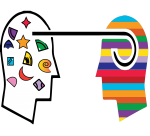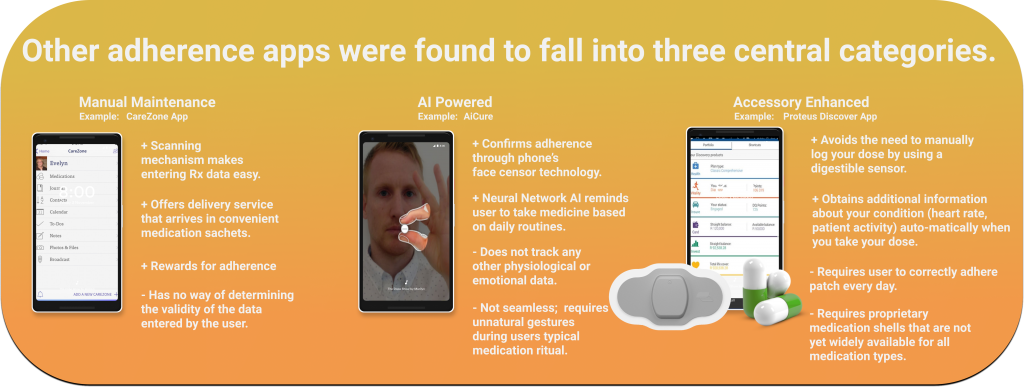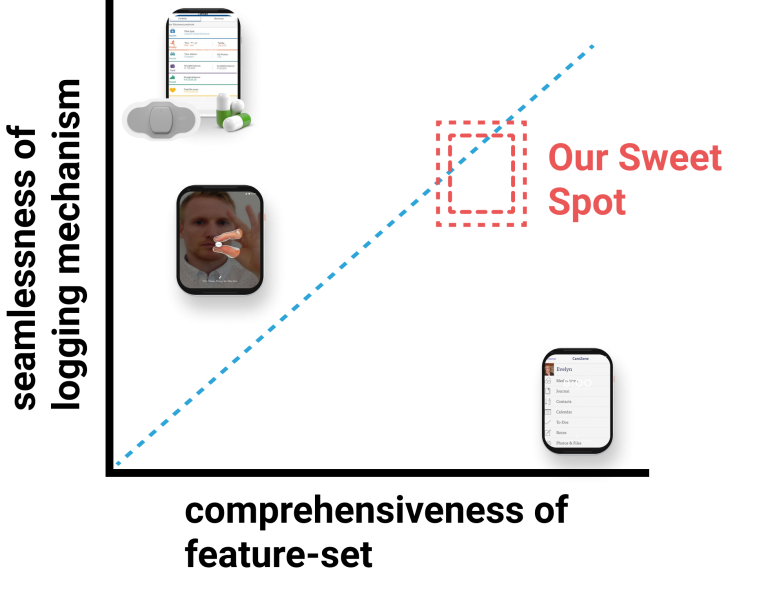Overview
The frustrations involved with adhering to a medication regimen are many, and not everyone has the time to keep track of their prescriptions. Panacea was designed to help people manage their prescriptions quickly and easily by keeping you connected to both your pharmacist and your doctor. You can manage refills, organize appointments, and message your medical team all at the touch of a button. Additionally, Panacea uses innovative nanosensor tech that allows you to log your daily medication effortlessly while brushing your teeth, making it one of the most seamless adherence apps on the market.

[advanced_iframe securitykey="b9771ec246f06ced19550978148908aa5dd8ac62" width="600" height="900" src="//invis.io/SVE8ZS73X" frameborder="0" allowfullscreen]

Empathize
Empathize
Panacea began as a personal project and ultimately became the Capstone for my UX Design specialization. The concept was born out of a lesson in an abnormal psychology course about the difficulties psychiatrists face in getting their patients to adhere to their prescription regimen. In researching this subject it became clear that it was a large-scale problem in need of a comprehensive solution.

In order to better understand the obstacles that prevent proper adherence, I went on safaris with contacts who I knew took prescription medication. I would coordinate to meet with them early in the day to observe their morning rituals and their trips to the pharmacy.


Define
Define
In conjunction with this empathic research, an analysis of other adherence apps was conducted. After much research, it was determined that the majority of adherence apps belonged to three primary categories. The more traditional approach was the Manual Maintenance category, which required the user to log their own adherence data within the app on a daily basis. The other two approaches were more technologically sophisticated and required less user commitment. However, there were some areas in which the manual maintenance apps excelled. For instance, they often had a more comprehensive feature-set than the other two categories, which were highly specialized in a few functions but limited in most others.

In order to distinguish ourselves in the market, we were determined to design a product with both the comprehensive balance of the manual maintenance model and the seamlessness of the accessory and AI-based model.

Taking all the data we had accumulated thus far, we began to define our conceptual point of view. It read as follows:
Prescription medication is the most ubiquitous method for positive change in mood and behavior today, but many people struggle with the complexities of maintaining their medication regimen. Our products will assist users by helping them navigate the complex institutional apparatuses (psychiatric, pharmaceutical, insurance based) necessary to manage their medication while remaining as unintrusive as possible in their day-to-day life. By making software and related accessories that are intuitive, informative, and flexible, we can make self-management easier for users as they go through the process of changing themselves for the better.


No comments.